
Illustration depicting the conservation actions and interventions addressed in this Essay and showing the major infrastructure required for each. Numbers relate to the following actions/interventions: 1. Genetic rescue (translocation); 2. Marine protected area design and spatial planning; 3. Species identification and delineation; 4. Assisted gene flow (translocation) and restoration (provenance); 5. Biobanking; 6. Assisted evolution (via managed breeding; 7. Biodiversity monitoring; 8. Early warning biomarkers of invasives and pests; 9. Combating illegal fishing and mislabeling; 10. Managing fisheries; 11. Microbiome manipulation; 12. Microbial bioremediation; 13. Alleviating marine stressors ex situ; 14. Provisioning of marine life services ex situ; 15. Evolutionary rescue via genome editing; 16. Pest control; 17. De-extinction; 18. Genomic vulnerability analyses. Credit: van Oppen MJH and Coleman MA, 2022, PLOS Biology, CC-BY 4.0
Advanced Genomic Approaches Hold Promise for Marine Conservation
Although genetic and genomic technologies have enormous potential for protecting marine life, they are currently being underutilized. Madeleine van Oppen of the Australian Institute of Marine Science and the University of Melbourne and Melinda Coleman with the New South Wales Department of Primary Industries, Australia argue this point in an essay published on October 17th in PLOS Biology, an open-access journal.
There isn’t any part of our oceans that is left untouched by humans. Vital ecosystems such as coral reefs, seagrass meadows, and kelp forests are all declining due to climate change and other human disturbances. In their essay, van Oppen and Coleman propose that the use of genetic and genomic approaches holds tremendous promise in advancing marine conservation and restoration, through both traditional strategies, and more recent developments, such as assisted evolution.
Environmental DNA (eDNA) refers to organismal DNA that can be found in the environment. Environmental DNA originates from cellular material shed by organisms (via skin, excrement, etc.) into aquatic or terrestrial environments that can be sampled and monitored using new molecular methods. These techniques are crucial for the early detection of invasive species as well as the detection of rare and cryptic species.
For instance, DNA sequencing can now identify illegally harvested seafood products to protect threatened species. DNA in seawater samples, called environmental DNA, is emerging as a more feasible alternative or complement to traditional SCUBA-based surveys of marine biodiversity, and can also be used to monitor disease outbreaks and the spread of invasive species. Furthermore, genomic techniques exist that could help fisheries to keep tabs on fish stocks and to monitor how fish are adapting to stressors in their environment.
Looking to the future, van Oppen and Coleman point to multiple developing technologies that could benefit ocean life. Just like humans take probiotics for gut health, specific bacterial and fungal species could be identified or engineered to benefit the health of wildlife, like corals. Synthetic biology could enable the manufacturing of products in the lab that previously were harvested from marine ecosystems, like horseshoe crab blood, and genome editing could be used to help organisms adapt more rapidly to their changing environment. Although still controversial, there is also the possibility of using gene drives, which cause damaging genes to spread through a population, to eradicate invasive species.
The effective use of these approaches will require the development of suitable online platforms and enhanced collaboration between various stakeholders of marine ecosystems, and the authors call on funding agencies to support these efforts. They conclude that genomic technologies could considerably improve conservation and restoration efforts, but only if the gap can be bridged between genomics experts and marine biodiversity managers.
van Oppen adds, “Genetic/genomic approaches can transform how we protect, manage and conserve marine life and can assist in boosting the resilience of marine species to climate change.”
Reference: “Advancing the protection of marine life through genomics” by Madeleine J. H. van Oppen and Melinda A. Coleman, 17 October 2022, PLOS Biology.
DOI: 10.1371/journal.pbio.3001801
Funding: MJHvO acknowledges Australian Research Council Laureate Fellowship FL180100036. MAC received research support through the Australian Research Council DP200100201. The funders had no role in study design, data collection and analysis, decision to publish, or preparation of the manuscript.

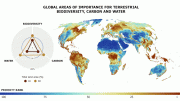
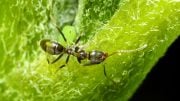
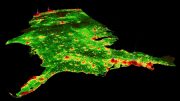
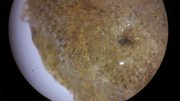
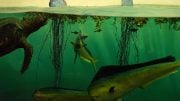

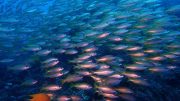

Be the first to comment on "Genome Sequencing and Genetic Engineering Could Help Protect Ocean Ecosystems"